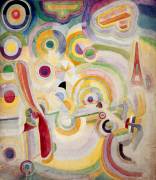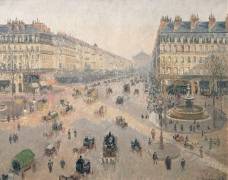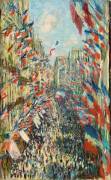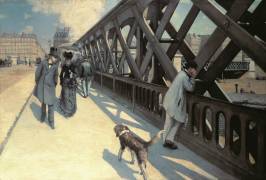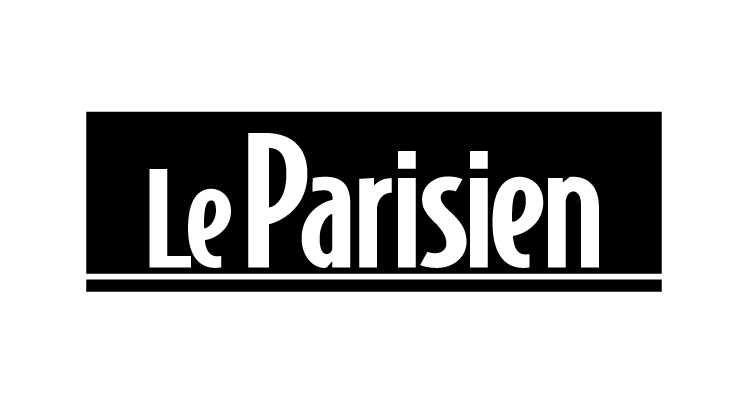View of Notre Dame, 1914 by Henri Matisse(Ref : 141898) © Succession H. Matisse 2020
Customise
Your art print
View of Notre Dame, 1914 OF Henri Matisse
-20%The artwork
View of Notre Dame, 1914
View of Notre-Dame (French: Une vue de Notre-Dame) is an oil painting by Henri Matisse from 1914.
Along with works such as Woman on a High Stool, it belongs to the "experimental period" of Matisse's oeuvre. Pentimenti reveal that it was originally painted in a more detailed manner before it was radically simplified into a geometric composition.
It was not exhibited until after Matisse's death, but proved a great influence upon later developments in painting. Specifically, it is said to have considerably influenced American artists who developed new modern and abstract styles, i.e. Color field and Abstract Expressionism, such as Richard [...]
This artwork is a painting from the modern period. It belongs to the abstract art styles and fauvism styles.
« View of Notre Dame, 1914 » is kept at Museum of Modern Art MoMA, New York, USA.
Find the full description of View of Notre Dame, 1914 by Henri Matisse on Wikipedia.






